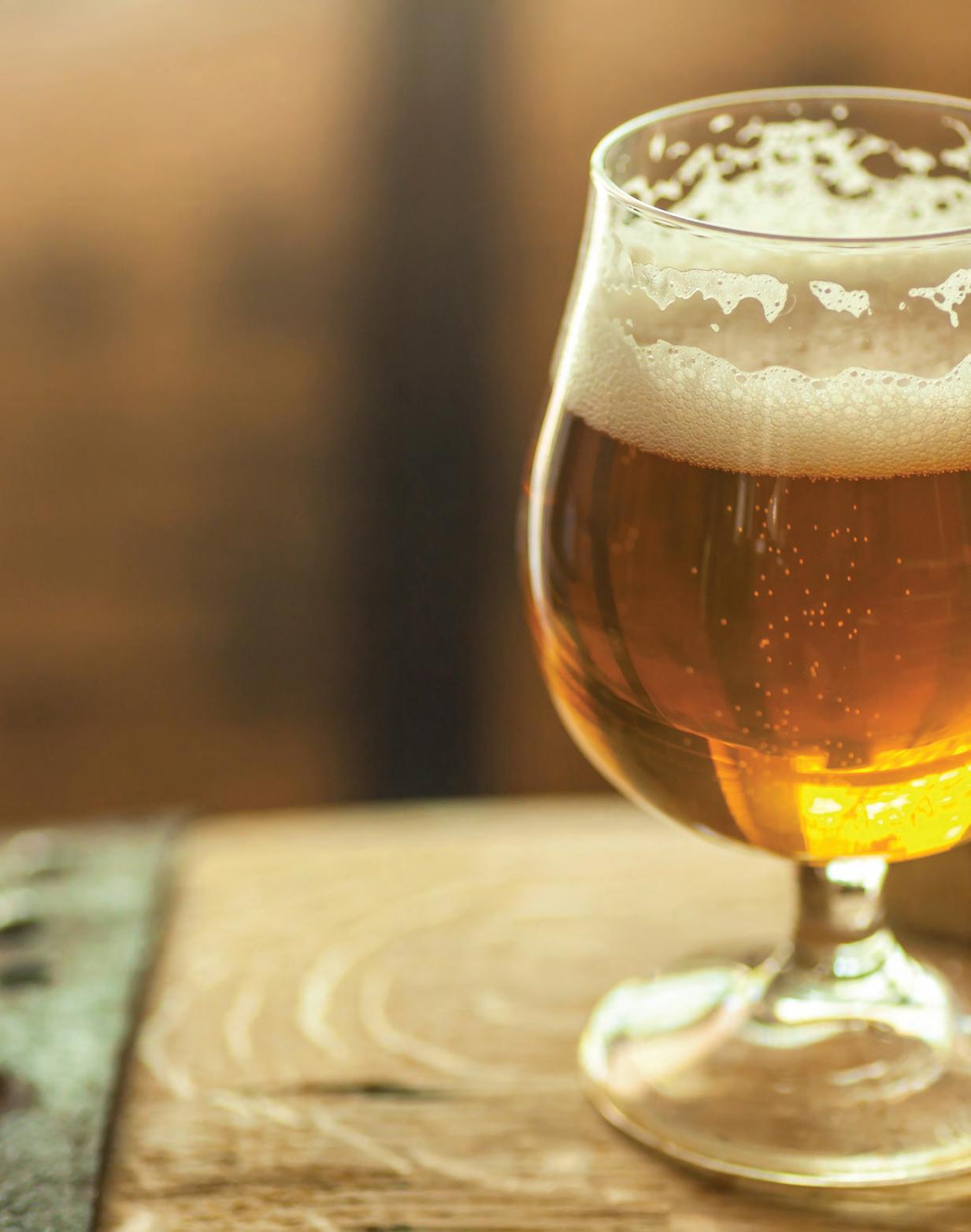
5 minute read
Felicity Carter on Europe’s reaction to COVID-19
A SEISMIC SHIFT For the European Drinks Industry
EVEN WHEN THE NEWS BEGAN SHOWING THE CHAOTIC SCENES FROM ITALIAN HOSPITALS, MOST EUROPEANS THOUGHT OF THE CORONAVIRUS AS SOMETHING HAPPENING ELSEWHERE. AND THEN, ONE BY ONE, THE BORDERS CLOSED AND THE LOCKDOWNS BEGAN.
Advertisement
Words Felicity Carter`

The impact on the wine trade was immediate. Online sales, already running at double digit growth a year, exploded– one Italian company, Winelivery, saw sales rise to 240% or more. In the UK, some wine sites were so overwhelmed they temporarily suspended sales. In the German speaking countries, it was business as usual for a while, and then online sales ticked up. Food retailers also saw wine practically walk itself out the door.
For everyone else, the pandemic was a catastrophe. Importers were left with stocks but nowhere to place them, wineries were left with wines destined for export markets that nobody came to pick up, and the on trade, of course, was shuttered. Across Europe, wine sales plunged by 50%. In Champagne, sales cratered by as much as 70%.
The financial impact wasn’t as dire as it might have been, thanks to the economic shock absorbers that swing into action when times are tough. In Germany, for example, companies could apply for Kurzarbeit, meaning “short work”, where the government picks up a significant portion of the payroll so that workers can keep their jobs. In France, the government allowed small and medium sized wineries to defer tax and social security obligations, while also allocating €140 million for crisis distillation.
Vineyard and winery workers were theoretically allowed to keep working – if there were workers, that is. In Austria, workers from neighbouring countries who lived 30km from the border could come to work every day, as long as they returned home at night. But workers from further away were automatically subject to a 14-day quarantine period – which meant the supply of workers dried up. The Austrian government built a jobs portal to try

and match the many unemployed Austrians with rural jobs, as did other governments, only to discover that the locals struggled with the work. Charter flights were scrambled to bring Eastern workers back to fields and vineyards in the UK and Western Europe.
As of June, the continent is opening, with cafes, restaurants and bars able to trade again, subject to social distancing. By the end of the month, cross-border travel will be possible. But, as elsewhere, consumers are going out less, and trading down when they do.
The real test for the wine sector will come this summer. Many small wineries rely on the sales generated by the wine and other festivals, all of which have been cancelled. And nobody knows when wine tourism, which had been the fastest growing segment of the wine industry, will rebound.
These are problems that wineries everywhere face, of course. The biggest difference is that the Europeans have generally
found it harder to switch to online selling than their peers elsewhere, thanks to a combination of bureaucratic hurdles, lack of knowledge and lack of staff. Those wineries with online shops have found the heightened customer interest a mixed blessing, as answering the phone or email, and then packing and posting small amounts of wine, sucks up precious time and energy, for little financial return.
Many small family wineries simply don’t have the capacity to take on extra duties, and are used to their regional bodies taking charge of marketing. With very few exceptions – Chianti Classico being a shining exception – the regional bodies haven’t yet pulled useful collective websites out of the hat.
On top of that, French and German wineries were already being hit by the 25% tariffs imposed by the US administration. Most American importers are swallowing some of the pain, and asking the wineries to share the other costs, eroding profit margins. Or they’re simply not buying, because of the situation with their own on trade. Consumers are also trading down.

It’s not all gloom. What we’ve all learned from the lockdowns is how important wine is in people’s lives. Many people have spent their time at home cooking again, and they stockpiled wine to have with dinner. If it takes 66 days to form a lasting habit, the habit is well and truly formed. European wineries also generally have none of the debt of their New World counterparts, so they can tighten their belts and wait for better times.
The bigger wineries and companies have realised they need to think more about DTC, and are pouring resources into the online sphere. When Spanish luminary Alvaro Palacios announced he was building an online store, his contemporaries took notice, and are likely to follow suit. Overall, people are realising they have been too reliant on the export markets, while ignoring the decline of wine drinking in their own backyards. There will be renewed interest in building local fans, particularly when it comes to domestic tourism.
Halfway through this extraordinary year, it’s difficult to predict what comes next. We could get a quick rebound, and enjoy a re-run of the Roaring 20s, or we could be headed for a generational downturn, or something in between.
What’s likely is that the pandemic of 2020 will accelerate the underlying trends. The many aging vignerons in France and Italy, with nobody waiting to take over, will probably sell sooner rather than later, leading to a wave of consolidation and subsequent professionalisation. The move to online will push wineries to think more about their final consumers than they have in the past – the days of just making the wine for someone else to pick up and sell are finally ending. And if they choose to use one of the booming online platforms, they will have to streamline their documentation and photography, so it’s ready to upload.
At a time when the wine world is returning to traditional practices and lower intervention, the paradox is that the future of European wine is going to be leaner, smaller, more digital and more professional. Which, hopefully, means a wine renaissance is on its way.










